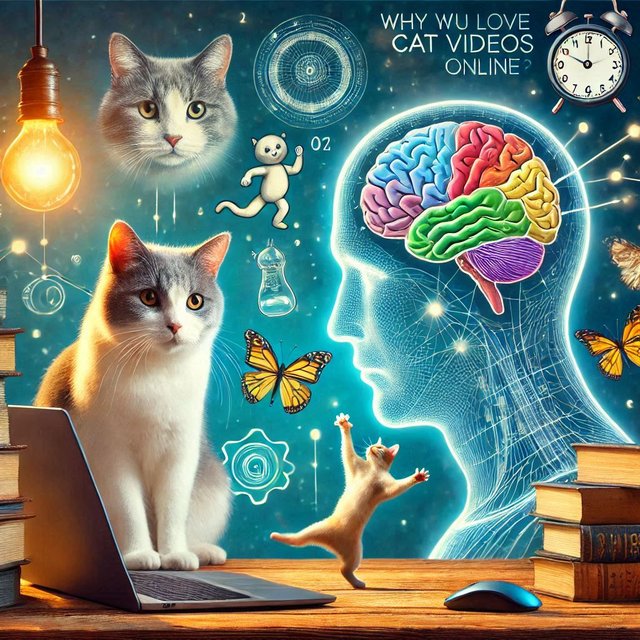The psychology of why we love cat videos online ?
The internet's fascination with cat videos is a multifaceted phenomenon that intertwines psychological, emotional, and social elements. Understanding why these seemingly simple clips captivate millions involves exploring human psychology, the emotional benefits they provide, and the cultural trends that amplify their popularity.
The Psychological Appeal of Cat Videos
Humans are inherently drawn to stimuli that evoke positive emotions. Cat videos often showcase behaviors that are unpredictable and humorous, triggering amusement and joy. This aligns with the concept of "supernormal stimuli," where exaggerated features or behaviors elicit stronger responses than their natural counterparts. The spontaneous antics of cats tap into this psychological mechanism, making them particularly engaging to viewers.
Emotional Benefits and Stress Reduction
Engaging with cat videos has been linked to tangible emotional benefits. Studies indicate that watching these videos can boost energy levels and foster

positive emotions while decreasing negative feelings. For instance, research from Indiana University found that participants felt more energetic and positive after viewing cat-related media. This suggests that such content may serve as a form of digital therapy or stress relief for some users.
Moreover, during challenging times, such as the COVID-19 pandemic, individuals have turned to uplifting media, including cat videos, as a coping mechanism to manage stress and enhance mood.
Procrastination and Productivity
While often associated with procrastination, watching cat videos can have paradoxical effects on productivity. A study highlighted by the Association for Psychological Science suggests that exposure to humorous content, like funny cat videos, can boost productivity by improving mood and increasing motivation.
Cultural Trends and Online Communities
The proliferation of cat videos is also a reflection of broader cultural trends. The internet has facilitated the formation of communities centered around shared interests, with cat enthusiasts creating, sharing, and engaging with feline content. This communal participation enhances the content's appeal, as individuals feel connected to a larger group with common interests.
Additionally, the anthropomorphism of cats—attributing human characteristics to them—allows viewers to relate to the animals on a personal level, further increasing the content's appeal. This tendency to project human emotions onto animals can make their behaviors seem more endearing and relatable.
Conclusion
The allure of cat videos on the internet is a complex interplay of psychological attraction, emotional fulfillment, and cultural dynamics. They offer a readily accessible means of eliciting positive emotions, reducing stress, and fostering a sense of community among viewers. As digital media continues to evolve, the popularity of such content underscores the enduring human desire for connection, amusement, and emotional well-being.